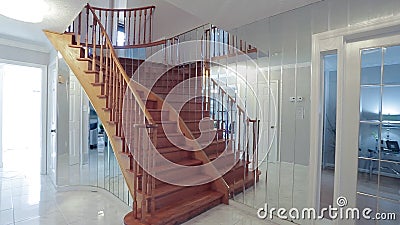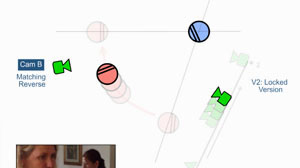
Here at No Film School, we're always trying to create handy guides to help beginning and experienced filmmakers achieve the look and feel they want for their projects. So don't you want to know some lighting techniques so you can help out? For a writer, they can help you craft words on the page that set the tone, and for the rest of the jobs on set, you'll spend most of your time waiting for everyone to get the film lighting right.

For a director, they can help you communicate with your cinematographer. Lighting techniques are invaluable for filmmakers at every level. It will help your story pop off the screen. We’re sure that what you come up with will do an amazing job and very easily could be better than ours.Film lighting techniques make your commercial, movie, or TV show look cinematic. However, if you do walk with it you can angle the camera as you walk to make sure your subject stays in frame.Įxperiment as much as you can. We prefer letting it run free as the shots are always smoother. You can either walk with the dolly as it moves through the forest, or you can let it run free. Because our unit is fixed we had to take off the wheels and reassemble it. The last step is attaching the actual dolly mechanism to the cable or rope. A 5% grade should work well, but since it is unlikely you’ll have a way of measuring the grade in the field, use common judgment and experiment. The angle only has to be enough to get the camera moving. Make sure your cable is in a slight downward angle. See how we used the carabiners in the photo to act as pulleys. There are many ways to do this, but we came up with a type of pulley system to leverage our rope. Cable Tighteners: 6 carabiners to tighten the ropeīefore you put the dolly on, you must tighten the cable or rope as much as possible.





 0 kommentar(er)
0 kommentar(er)
